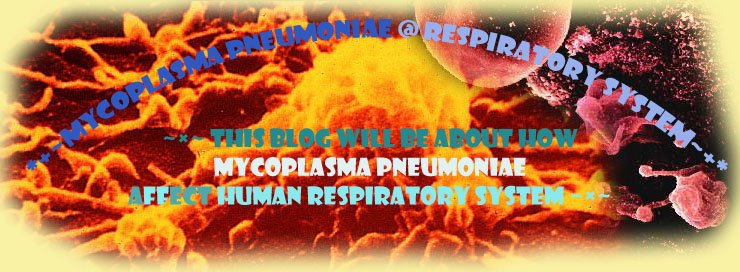LOCUS EF614306 825 bp DNA linear BCT 18-MAR-2008
DEFINITION Mycoplasma pneumoniae adhesin protein (P30) gene, complete cds.
ACCESSION EF614306
VERSION EF614306.1 GI:148729625
KEYWORDS .
SOURCE Mycoplasma pneumoniae
ORGANISM Mycoplasma pneumoniae
Bacteria; Tenericutes; Mollicutes; Mycoplasmataceae; Mycoplasma.
REFERENCE 1 (bases 1 to 825)
FEATURES Location/Qualifiers
source 1..825
/organism="Mycoplasma pneumoniae"
/mol_type="genomic DNA"
/isolation_source="clinical sample"
/db_xref="taxon:2104"
gene 1..825
/gene="P30"
CDS 1..825
/gene="P30"
/codon_start=1
/transl_table=4
/product="adhesin protein"
/protein_id="ABR09215.1"
/db_xref="GI:148729626"
/translation="MKLPPRRKLKLFLLAWMLVLFSALIVLATLILVQHNNTELTEVK
SELSPLNVVLHAEEDTVQIQGKPITEQAWFIPTVAGCFGFSALAIILGLAIGLPIVKR
KEKRLSEEKERQEQLAEQLQRISAQQEEQQALEQQAAAEAHAEAEVEPAPQPVPVPPQ
PQVQINFGPRTGFPPQPGMAPRPGMPPHPGMAPRSGFPPQPGMAPRPGMPPHPGMAPR
PGFPPQPGMAPRPGMPPHPGMAPRPGFPPQPGMAPRPGMQPPRPGMPPQPGFPPKR"
ORIGIN
1 atgaagttac cacctcgaag aaagcttaaa ctgtttttat tagcctgaat gctagtgctg
61 ttcagcgctt taatagtgct tgcaacctta attttggtac agcacaacaa taccgaactg
121 acagaagtta agagtgaatt gagtcccctt aacgttgttt tacacgcaga agaggataca
181 gtacaaattc agggcaagcc gattactgag caagcatggt ttattcctac agttgctggt
241 tgctttggtt ttagtgccct agccatcatc ttgggccttg ctataggact gccaattgtg
301 aagcgcaagg aaaaacgctt atcggaggaa aaggaacgcc aagaacagtt agcggaacag
361 ctacaacgca tttctgccca acaagaagag caacaagcgt tagaacaaca agcagctgct
421 gaagcccatg ctgaagcgga agttgaacca gcaccacaac cagtaccagt accacctcaa
481 ccccaagtcc aaattaactt cggtccccgt actggtttcc cacctcaacc cggtatggcg
541 cctcgtccag gtatgccgcc acaccccggt atggctccaa gatctggttt cccacctcaa
601 cccggtatgg cgcctcgtcc aggtatgccg ccacaccccg gtatggctcc aagacctggt
661 ttcccacctc aacccggtat ggcgcctcgt ccaggtatgc cgccacaccc cggtatggct
721 ccaagacctg gtttcccacc tcaacccggt atggcgcctc gtcccggaat gcaaccacca
781 cgtcctggca tgccacccca acccggtttt ccaccaaaac gctaa
//
finally~~ we get the protein~~~ and our bacteria ~~~ ♥
\(^O^)/

This diagram shows proteins in
Mycoplasma pneumoniae and how they link with each other.
Adhesin protein, ATP synthase and other proteins are found at the cell membrane.
3D structure of the protein also can be seen in this diagram.




